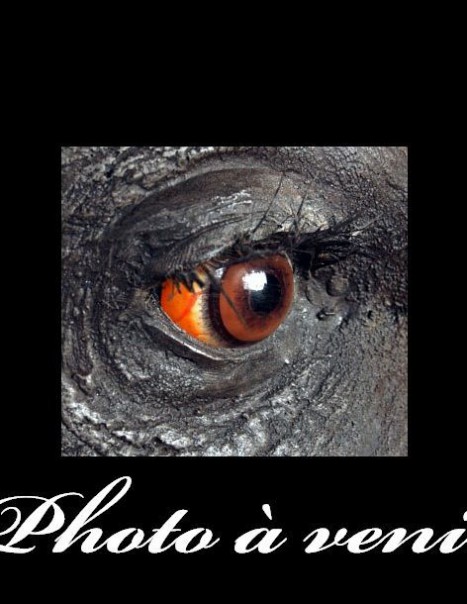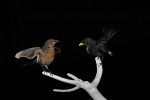Water Rail – Rallus aquaticus
Water Rail – Rallus aquaticus
The water rail is easily distinguished from other rails and crakes by its reddish long thin beak. Adults have slate gray face and underparts. It has a short beak, green legs and not roses.
It lives hidden in the dense reed ponds, marshes and rivers with shallow waters, although sometimes see it in reed limit. It migrates in the fall to the southwest of Europe.
Peaceful in nature, it explores aquatic plants in search of food, its tail agitated brief incessant movements. Alert, it freezes on the spot and ends up rushing for cover. The rattle rather run than fly. However, when it decides to take off, it is stagnating at low height, flush with vegetation, dangling legs and soon to arise. It can also swim short distances but it never strays canopy. Despite its long fingers seemingly unsuited, the rattle can perch on top of the rushes, reeds and even tree branches.
Pair formation results in many preliminary. Once the two matched partners, they are willing to share incubation and youth education. Previously, it is the female that chooses the nest site, usually in dense vegetation, among the reeds in a big tuft of long grass or under a bush provided. The male assists the female in nest building whose diameter varies between 13 and 16 cm may seem disproportionate to the size of the bird.
On a rough architecture, built of reeds and stems trimmed leaves, it is often wearing a clean rushes roof to conceal 6 to 10 eggs laid in a few days and incubated in turn by the two adults who take turns about every two hours for 19 to 21 days. At hatching, the chicks are covered with black down
They are fed regularly and approximately every ten minutes but they soon learn to eat alone. They acquire their adult plumage after 7 to 8 weeks.
It searches the mud for worms and leeches and breaks the shells of freshwater shrimp, crayfish and insects, small fish, plant parts such as roots, seeds, berries and sometimes cereals, small passerines, larvae, spiders and freshwater shrimp but they soon acquire independence and learn to feed themselves.





